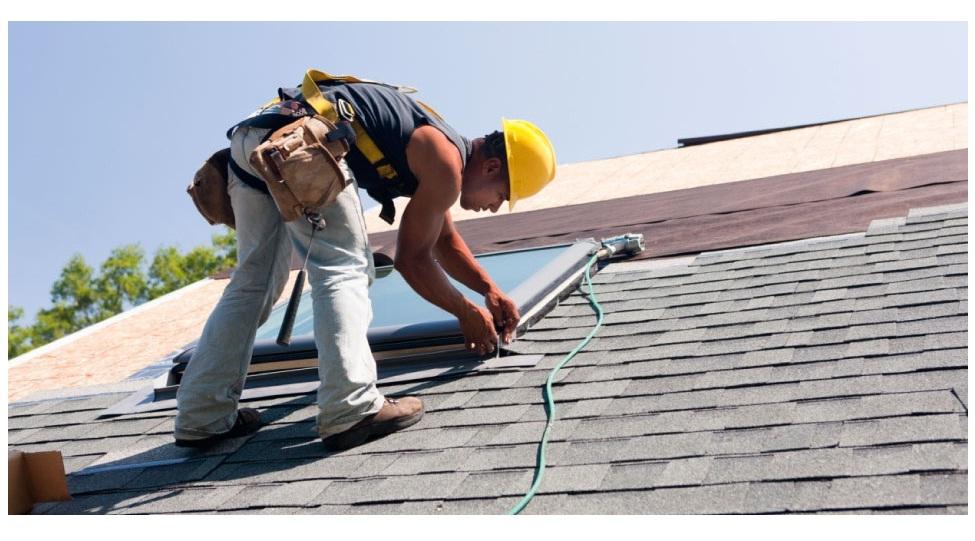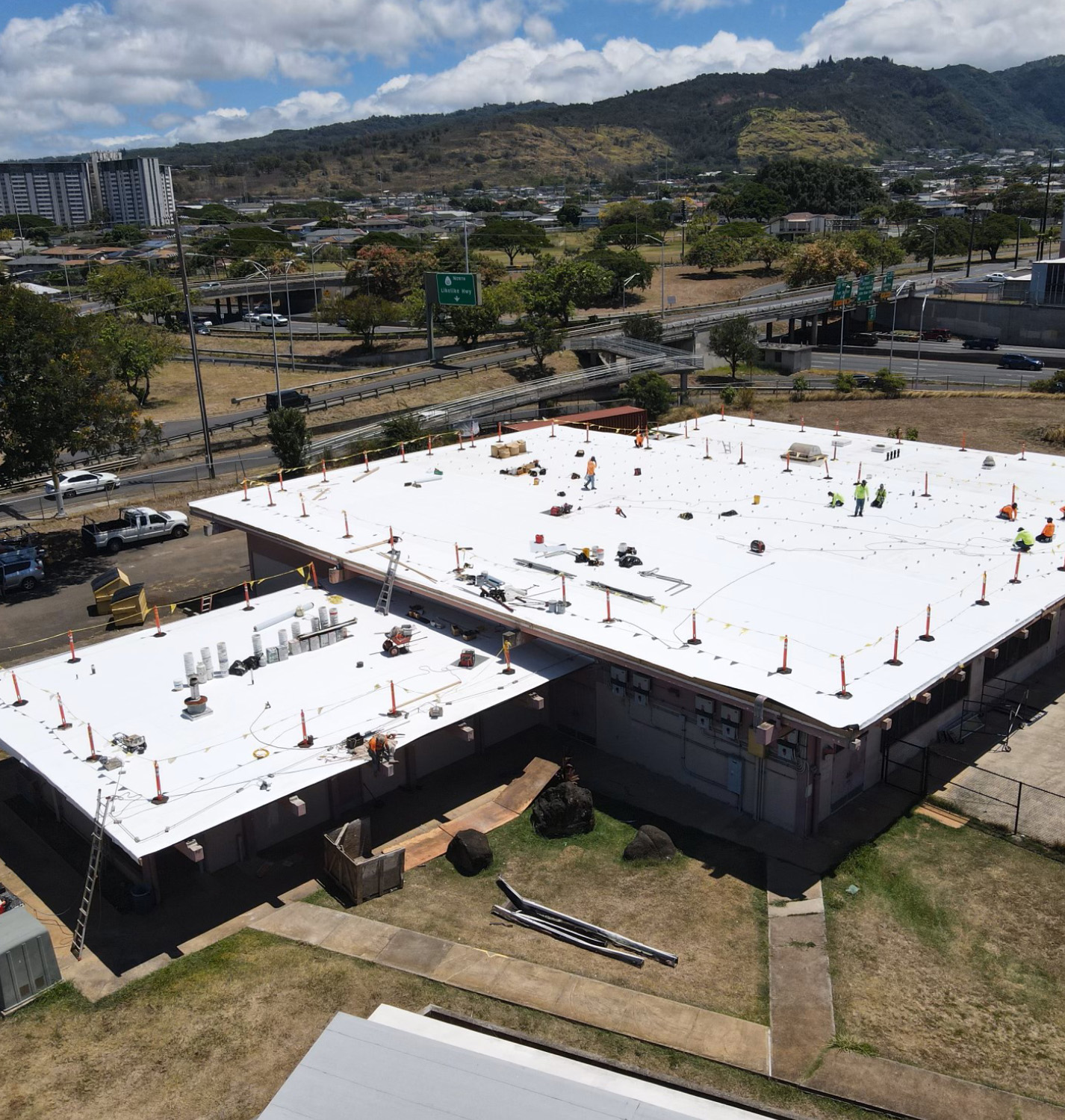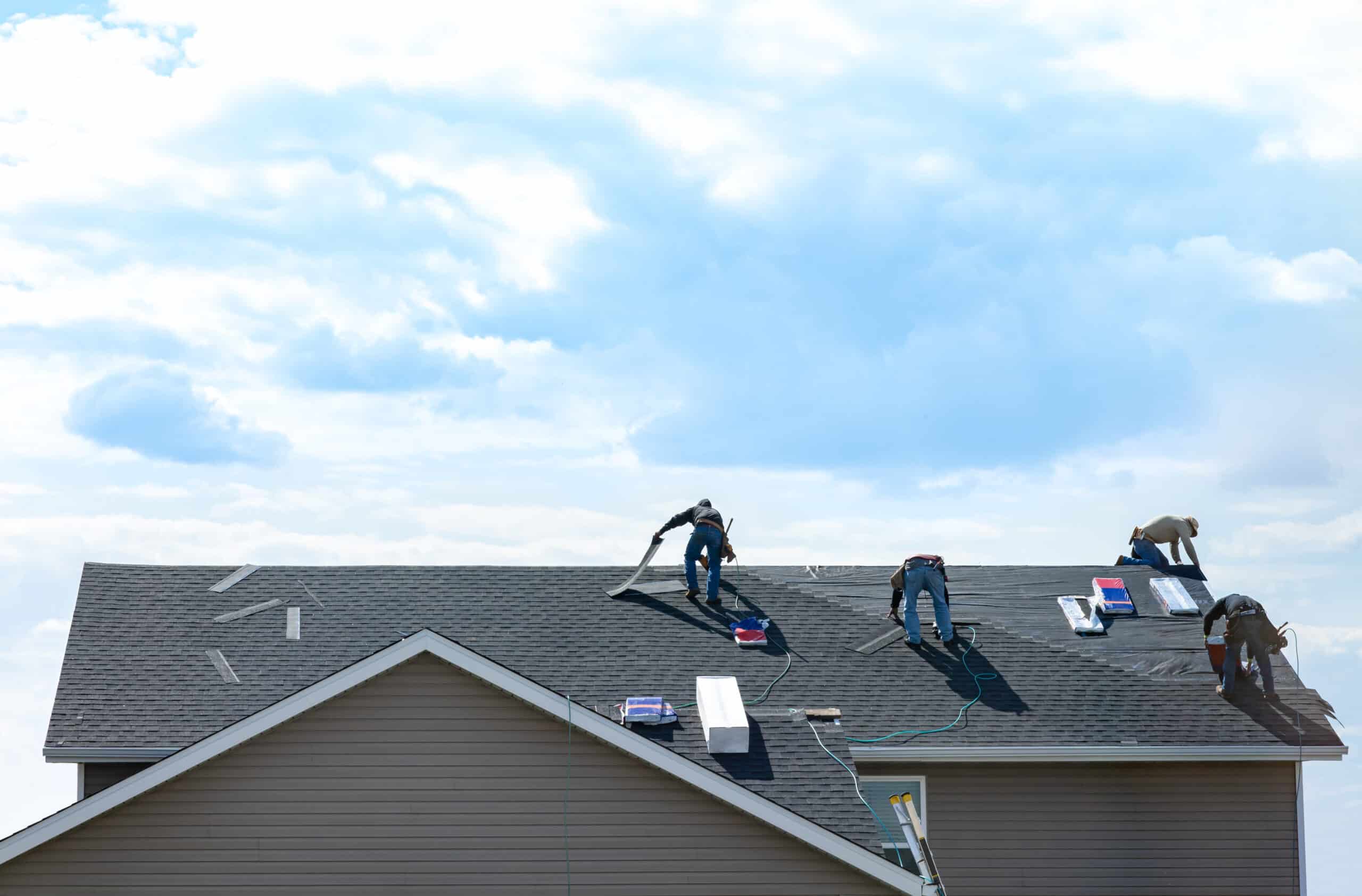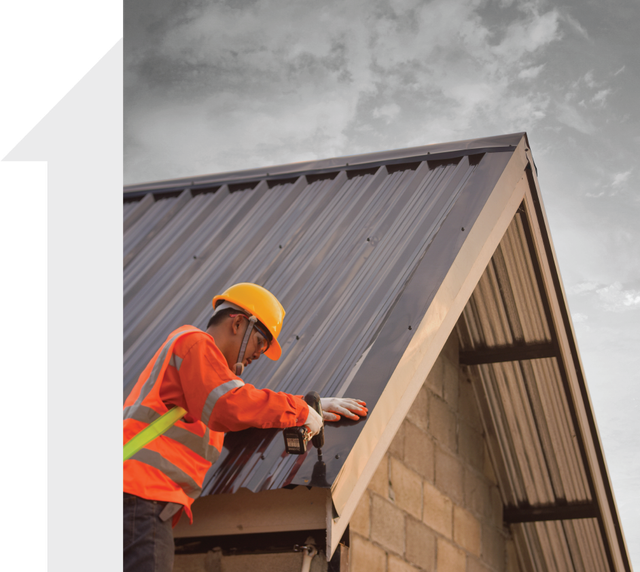Locating Inexpensive and Trusted Roofing Companies Oahu for Your Improvement
Locating Inexpensive and Trusted Roofing Companies Oahu for Your Improvement
Blog Article
A Total Guide to Roof Covering Installation Techniques
The procedure of roofing installment is critical to the long life and performance of a structure, calling for a comprehensive understanding of numerous techniques and materials. From selecting the ideal roofing materials to understanding essential devices, each step plays a crucial duty in making certain a successful outcome. Furthermore, recognition of usual risks can dramatically influence the longevity of the installment. As we check out these essential facets, it becomes noticeable that a precise method is not simply helpful yet important for achieving a reliable and resilient roofing. What particular techniques will establish your job apart?

Understanding Roofing Products
When picking roofing products, it is important to consider both their useful residential or commercial properties and visual charm. The selection of roofing product dramatically influences the longevity, insulation, and general look of a structure. Typical materials include asphalt shingles, floor tile, steel, and slate, each offering distinct advantages and drawbacks.
Asphalt roof shingles are prominent because of their affordability and ease of setup, making them ideal for various climates. Nonetheless, they may have a much shorter life expectancy compared to various other products. Steel roof covering, recognized for its longevity and resistance to extreme weather, can be a beneficial investment, though it might include greater upfront costs.
Slate and tile roof covering offer a distinct aesthetic allure and phenomenal longevity, typically lasting over half a century. Nevertheless, they need a reinforced framework due to their weight and may demand customized setup methods.
Furthermore, considerations such as power effectiveness and ecological influence must not be forgotten. Ingenious options like green roofing systems or solar shingles can improve sustainability. Eventually, the selection of roofing products must align with the home owner's budget plan, climate considerations, and personal style choices to ensure a practical and visually pleasing end result.
Necessary Tools for Installation
Choosing the right roof materials is only component of the equation; having the proper tools for installment is just as essential to accomplish a successful outcome. A well-equipped installment team can significantly improve effectiveness and ensure a high quality surface.
Trick devices include a roof nailer, which permits protected and fast fastening of shingles or ceramic tiles, and a hammer for manual modifications. Safety equipment is vital, including harnesses and construction hats, to shield workers from possible falls and injuries. A ladder and scaffolding are necessary for accessing higher locations securely.
Determining devices, such as a tape action and chalk line, ensure precise positionings and positionings, while an utility knife is needed for reducing roof covering materials to dimension. Additionally, a crowbar is invaluable for changing or eliminating old shingles fitment during the setup procedure.
Step-by-Step Installment Refine
A successful roof setup depends upon meticulous planning and implementation, ensuring that each step is accomplished successfully. The procedure begins with a thorough examination of the existing roofing system framework, identifying any required repair work or supports. When the foundation is regarded sound, the following step entails collecting all needed materials and tools, including underlayment, shingles, flashing, and air flow systems.
Adhering to material preparation, installers must set the underlayment, guaranteeing it is properly aligned and protected. oahu roofing contractors. This layer serves as a barrier versus wetness and boosts the roofing's resilience. Next off, the installation of anchor flashing around chimneys, vents, and sides is essential to prevent water invasion

With the underlayment and blinking in location, the setup of shingles starts. Beginning with the roofing's lower side, roof shingles need to be split appropriately, overlapping each row to route water move away from the roofing structure. Throughout this process, interest to detail is vital to preserve alignment and protect against gaps.
Typical Blunders to Stay Clear Of
Several homeowners and contractors forget important information during roof setup, which can lead to expensive repairs and compromised architectural integrity. One typical error is inadequate roof ventilation. Poor air flow can trap warm and moisture, bring about mold and mildew development and early shingle damage.
An additional frequent error is disregarding to set up underlayment properly. Missing this necessary step can expose the roofing deck to water damages, causing substantial structural concerns (honolulu roofing). Furthermore, failing to align shingles effectively can create voids, permitting water to permeate the roof covering system
Improper blinking setup is an additional crucial oversight. Blinking routes water far from joints and joints; if installed incorrectly, it can cause leaks. In addition, utilizing the wrong materials or insufficient bolts can endanger the roof's toughness and wind resistance.
By preventing these typical mistakes, home owners and contractors can make sure a successful roofing setup that stands the examination of time. Appropriate focus to information throughout setup is essential for accomplishing a lasting and reliable roof system.

Maintenance Tips for Durability
Making sure the longevity of a roofing system calls for regular maintenance and positive care. Home owners must conduct routine examinations at least two times a year, preferably in spring and loss, to identify prospective concerns such as fractured shingles, rusted blinking, or indicators of water damages.

Attending to small repairs quickly can significantly prolong the life of a roofing system. Changing a couple of damaged tiles or securing tiny leakages can stop bigger, much more costly repair services down the line.
It is also vital to ensure proper ventilation in the attic, as poor air flow can result in moisture build-up, promoting mold and mildew development and weakening roof covering products.
Last but not least, consider hiring a professional roofer for a comprehensive examination every few years. Their knowledge can provide beneficial insights and make sure that your roof remains in optimal condition, inevitably securing your investment.
Final Thought
In final thought, successful roofing installment counts on an extensive understanding of products, the use of crucial devices, and adherence to a systematic installation process. By avoiding common blunders and implementing efficient upkeep methods, the longevity and climate resistance of the roofing system can be significantly enhanced. This guide works as a foundational source for ensuring that roof jobs are implemented with precision and treatment, eventually adding to the long life and efficiency of the framework.
The process of roofing installation is critical to the durability and performance of a structure, calling for a thorough understanding of numerous techniques and materials.An effective roof covering setup pivots on precise planning and execution, guaranteeing that each step is lugged out effectively - roofing companies on oahu. By preventing these usual my explanation mistakes, home owners and professionals can make sure a successful roof installment that stands the test of time. Proper focus to information during installment is necessary for achieving a durable and trustworthy roof system
In conclusion, successful roofing setup depends on a comprehensive understanding of materials, the application of crucial tools, and adherence to a systematic installation procedure.
Report this page